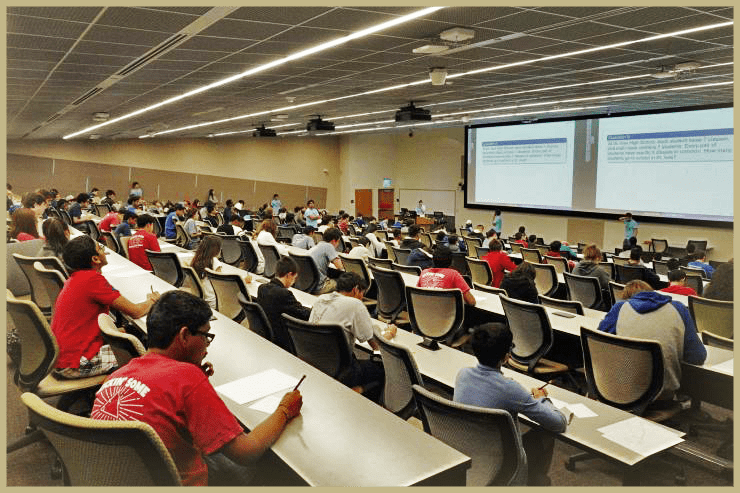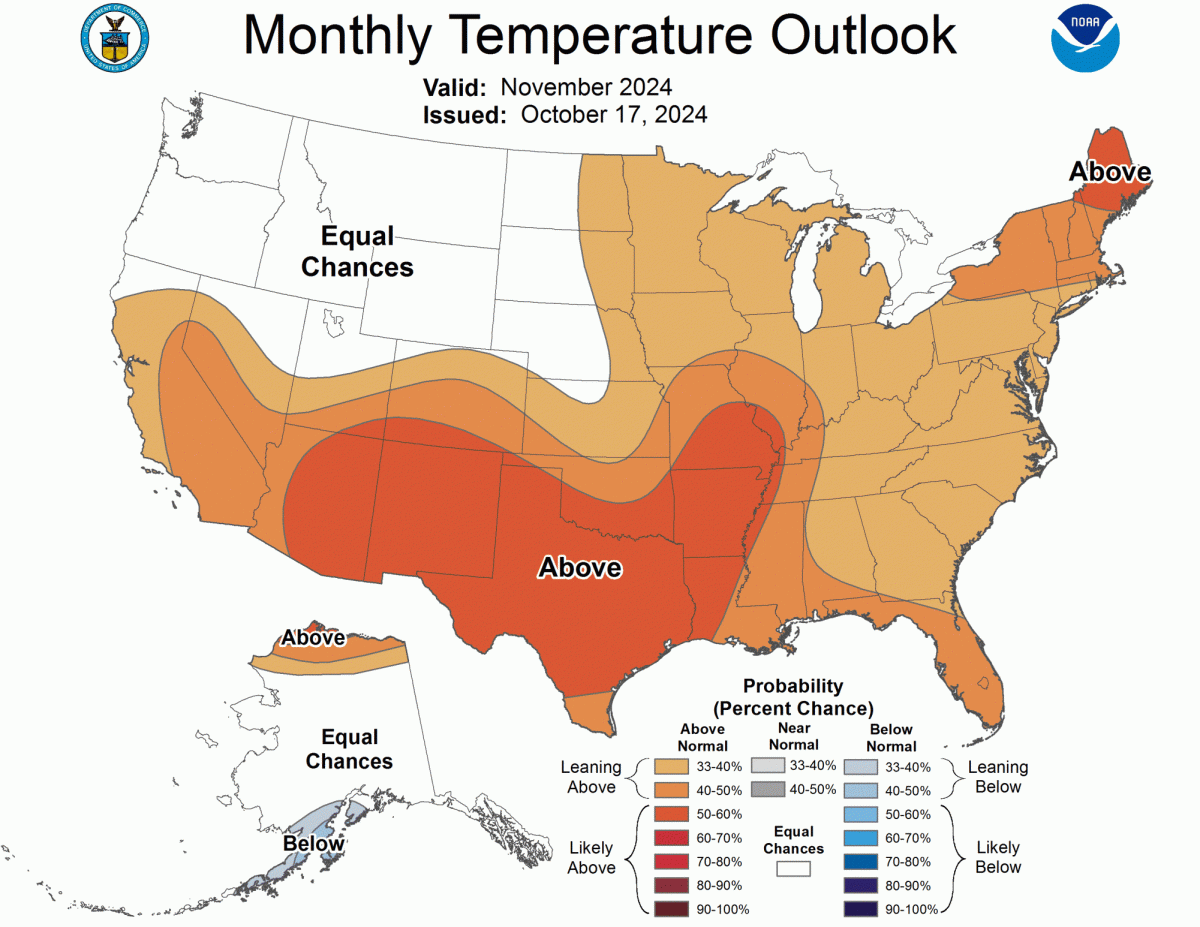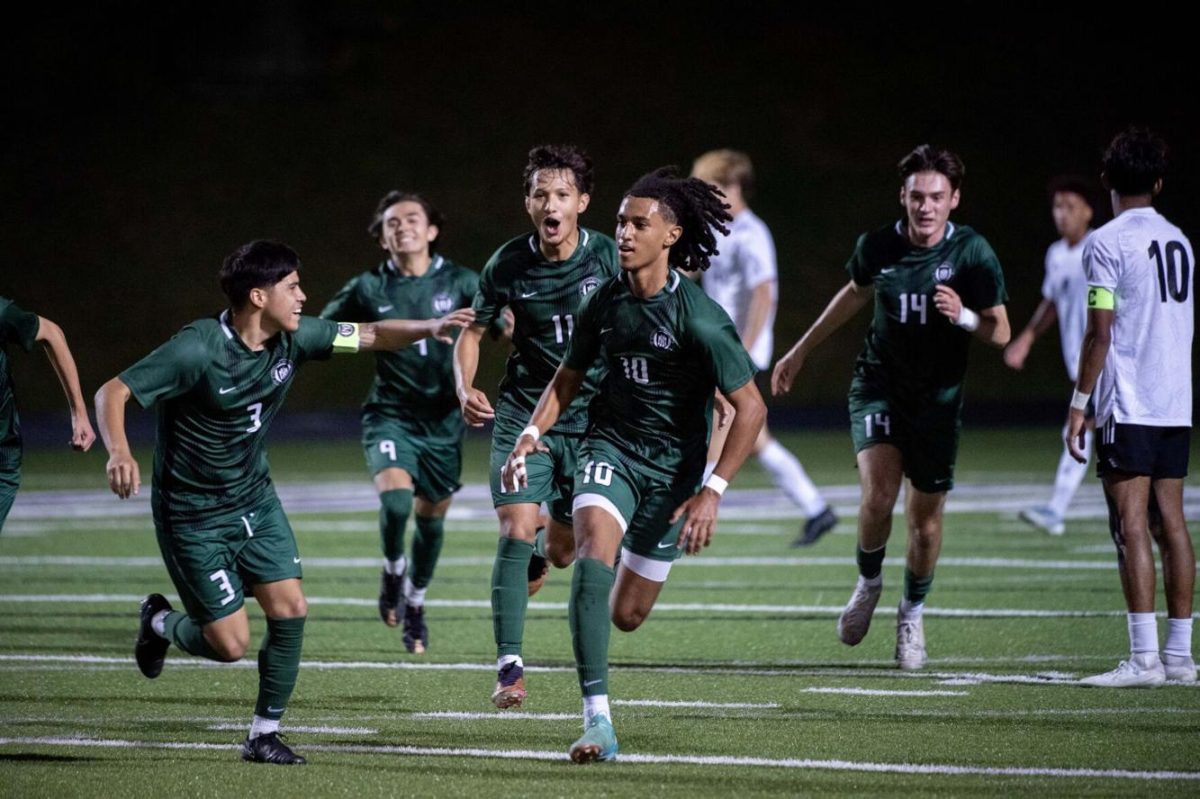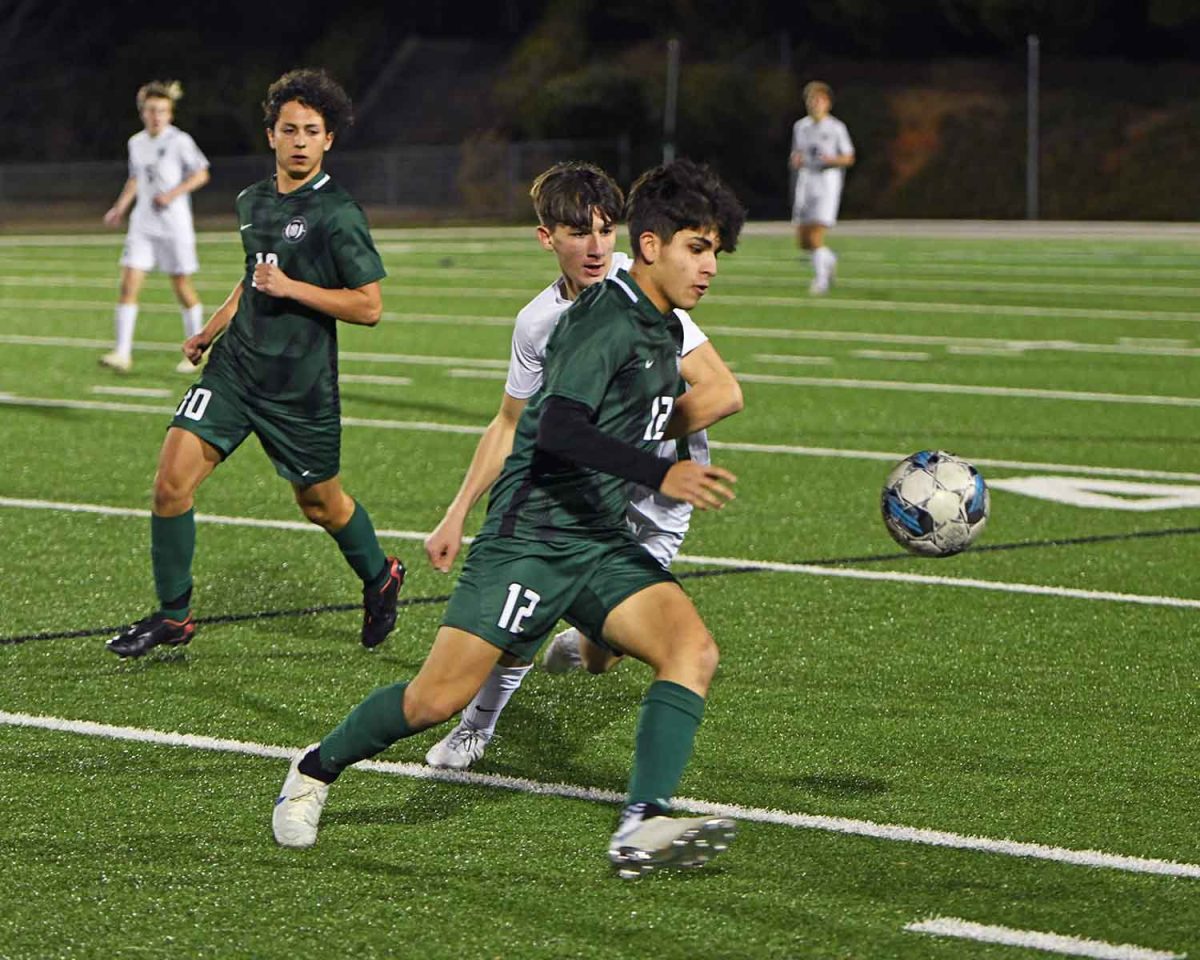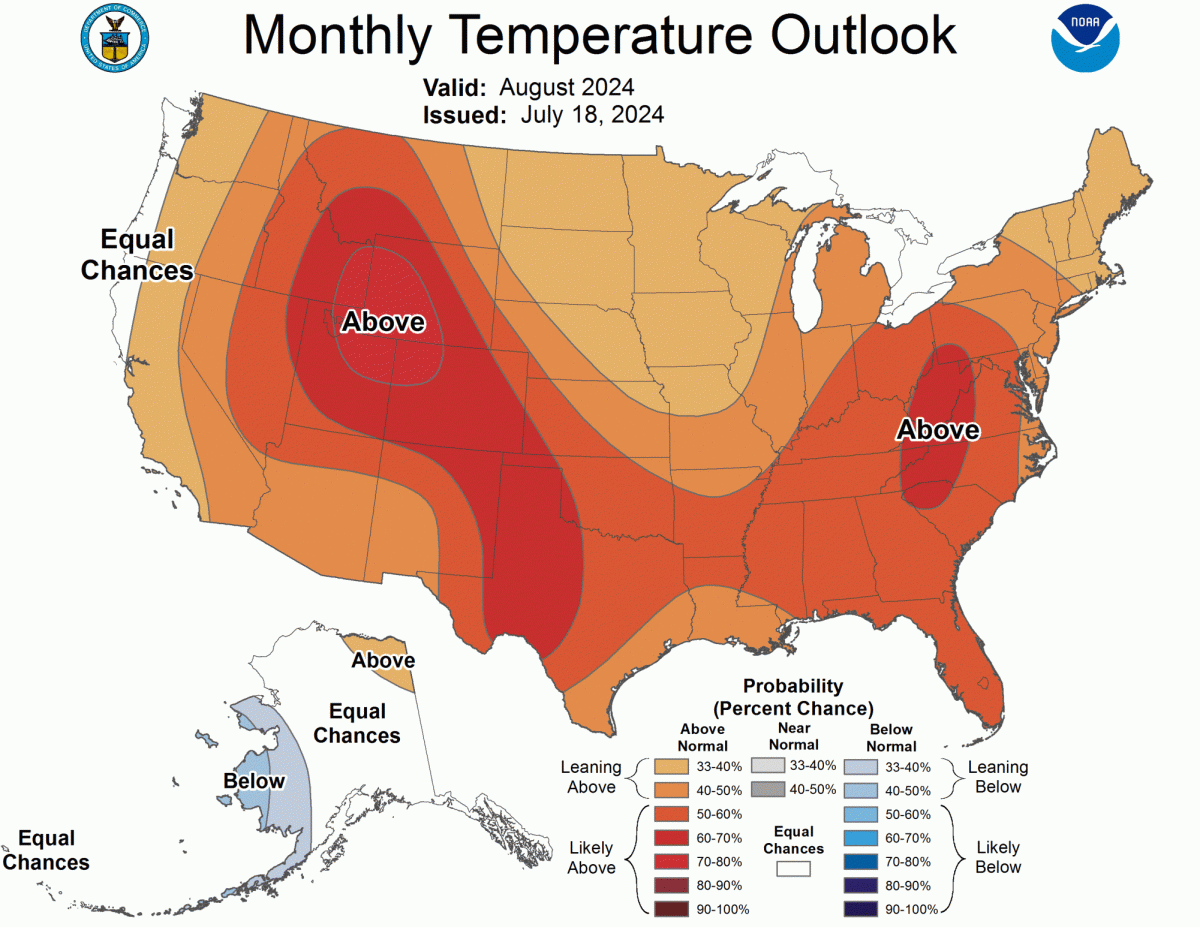
On March 8th, high schoolers around Georgia went to the Clough Undergraduate Learning Center at the Georgia Institute of Technology to participate in the annual High School Math Day. This event is a math competition consisting of two exams with fun math-based activities between each exam.
Exams
For the first round of exams, students could choose between the exploratory and competitive exams. For the exploratory exam, students were expected to answer 26 problems from an assortment of math fields within 90 minutes. While this exam is meant to be a fun activity to expose students to a broad range of mathematics, the competitive exam acts as a rigorous qualifier exam for the upcoming proof round.
Unlike the previous round, the second round is predetermined by results from the first round: the top 20% of competitive exam test-takers will enter the proof round while all other students enter the team round. The former is a rigorous 90-minute exam with six Olympiad-style problems. The team round is a fun, non-graded activity where teams of 4-6 people work together to answer three multi-step problems within 2 hours. There was no certificate for winning this round, but for each problem completed, teams could either get Airheads, bubble wands, or pens.
Answers for these exams are currently posted on the official High School Math Day website.
Activities
Between the two sets of exams, students were able to pick between seven activities: number puzzles, burrito optimization, math jeopardy, chess, tiles, board games, and Q&As with Georgia Tech admission officers. While most of these names are self-evident, one particularly interesting event was the “burrito optimization.” To begin
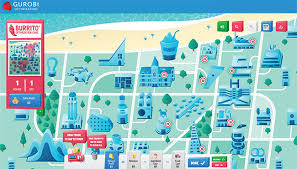 this activity, students explored the online Burrito Optimization Game, a food-truck simulator where they were challenged to maximize profits each day despite the various daily situations they faced. After experiencing a few “days” of food truck simulation, a Georgia Tech’s Industrial Systems and Engineering Department student briefly explained how industrial engineers used such optimization techniques in real life.
this activity, students explored the online Burrito Optimization Game, a food-truck simulator where they were challenged to maximize profits each day despite the various daily situations they faced. After experiencing a few “days” of food truck simulation, a Georgia Tech’s Industrial Systems and Engineering Department student briefly explained how industrial engineers used such optimization techniques in real life.
Final Thoughts
HSMD was an extraordinary experience this year. If one is interested in participating next year, they should talk to Mrs. Cannon or Dr. Stockton about joining the math team or registering as an independent party. For students who choose the latter option, it is important to know that each student must pay a registration fee.

